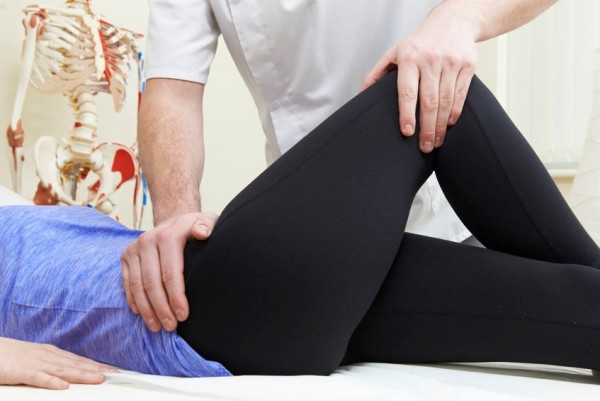
Osteopathic manipulative medicine is a drug-free, non-invasive treatment that aims to balance all body systems. Osteopaths focus on muscles, joints, ligaments, tendons, and the spine. Treatments aim to improve overall health and well-being by positively influencing the nervous, circulatory, and lymphatic systems. Diagnosing and treating conditions through osteopath techniques is referred to as Osteopathic Manipulative Medicine (OMM).
- The parts of the body make up a unified whole.
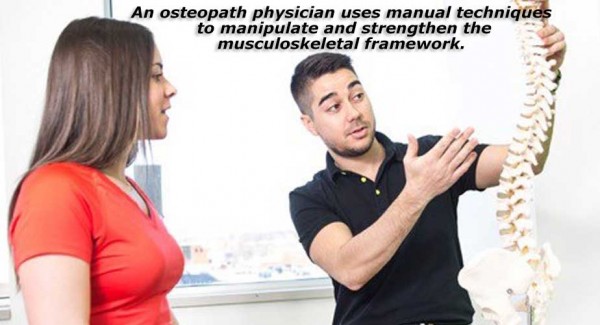
The disease affects the whole body, so the disease can be felt throughout the whole body, even if symptoms are barely noticeable. The whole body should be treated instead of focusing on specific areas where symptoms are felt. The body is interconnected. - The body has a natural ability to self-regulate and self-heal
An example of this is small cuts heal on their own without the need for creams or medicine. Using OMT instead of drugs helps boost the body’s healthy functions designed to battle disease and repair injury. Healthy choices (preventative medicine) including good nutrition and exercise also play a role in helping the body to heal itself.
-
The musculoskeletal system is a key element in maintaining health
It makes up two-thirds of the body’s mass and includes the bones, muscles, and cartilage. This system has an impact on both the circulatory and nervous systems. Just as the circulatory and nervous systems can affect the musculoskeletal system.
Osteopaths can help with not only the nervous system but also respiratory or digestive issues. Chiropractors have more techniques for manipulating the spine, while osteopaths have a wider range of techniques in general. In addition, osteopaths usually do not “pop” or “crack” joints.
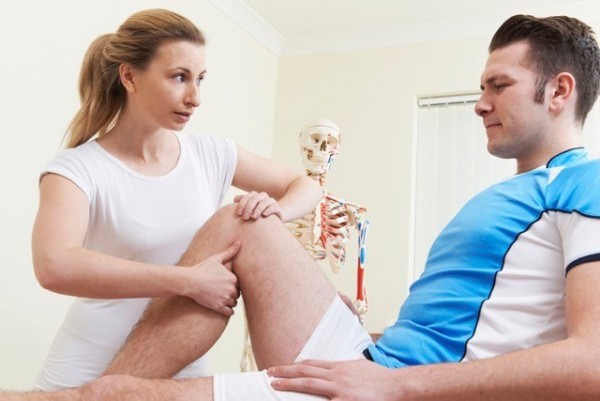 Osteopaths believe in the body's ability to heal itself with the right manipulation techniques. Instead of just focusing on the painful area of the body, they find root causes, and address how impairments affect the rest of the body. They use techniques including stretching, gentle pressure, and resistance. Osteopaths address mechanical problems in the body that occur from muscular or joint defects. Pain and symptoms that people develop are usually from overused muscles, poor posture, injuries, scar tissue formation, pulls, strains, tears, and inflammation (the root of many diseases).
Osteopaths believe in the body's ability to heal itself with the right manipulation techniques. Instead of just focusing on the painful area of the body, they find root causes, and address how impairments affect the rest of the body. They use techniques including stretching, gentle pressure, and resistance. Osteopaths address mechanical problems in the body that occur from muscular or joint defects. Pain and symptoms that people develop are usually from overused muscles, poor posture, injuries, scar tissue formation, pulls, strains, tears, and inflammation (the root of many diseases).
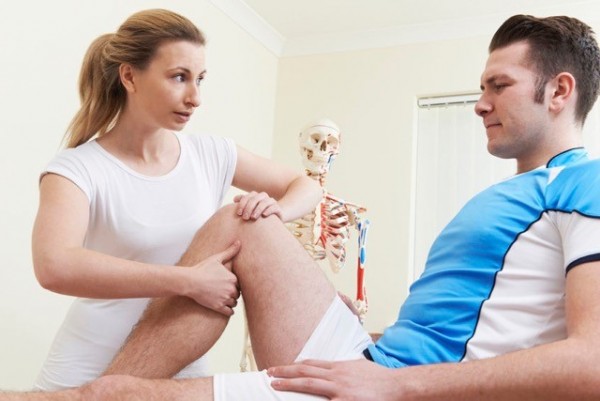 Soft Tissue Techniques: A form of massage using light to firm, direct pressure in order to relax tight muscles and stretch tight fascial structures.
Soft Tissue Techniques: A form of massage using light to firm, direct pressure in order to relax tight muscles and stretch tight fascial structures.- Articulation: Passive mobilization of the spine or a joint, improving joint movement.
- Muscle Energy Technique: Relax and lengthen tight muscles through muscle contractions that improve joint range of motion.
- Osteoarticular: Gentle realignment of the bones
- High Velocity, Low Amplitude (HVLA): Popping, cracking, clicking technique to improve joint motion by applying a high velocity, low amplitude thrust to restore joint motion.
- Strain and Counterstrain: Releasing restrictions by placing an affected tissue in a position of comfort, while applying a “counter” stretch to the problematic muscle.
- Dry Needling: Inserting a fine needle, similar to an acupuncture needle, into a tight muscle band or trigger point creating an instant release.
- Visceral Mobilization: Gentle mobilization of the organs of the body
- Cranial- Sacral Osteopathy: Gentle movement of the bones to balance and strengthen the flow of cerebrospinal fluid that surrounds and nourishes the brain and spinal cord.
- Myofascial Release: Sustained pressure is applied to fascial tissue until a release occurs.
- Lymphatic Technique: Force is applied manually to promote circulation of lymphatic fluids which is often used to relive lower and upper respiratory infections.
Osteopaths will often give advice on lifestyle changes for preventative measures, as well. If they can target in on the causes for the pain, they may provide dietary advice or workplace ergonomic suggestions.
It reduces pain, stiffness, and stress in muscles and joints, increases range of motion in joints, and can treat spinal problems. It also known to reduce tension in the body, and has been shown to reduce migraine headaches and tension headaches. Plus, osteotherapy treats trauma resulting from accidents. Increases circulation and reduces blood pressure. Improving mobility.
Specific Health Conditions Include:
 Arthritis
Arthritis- Asthma
- Cardiovascular problems
- Carpal Tunnel Syndrome
- Degenerative Joint Diseases
- Digestive Issues
- Ear Infections
- Injury Prevention
- Insomnia
- Kidney Disease
- Menstrual Pain
- Migraines
- Muscle Strain Treatment
- Neuralgia
- Occupational Overuse Syndrome (OOS)
- Postural problems
- Pregnancy pain
- Repetitive Strain Injuries (RSI)
- Sciatica
- Sinus Disorders
- Sports Injuries (tennis & golfer’s elbow)
Treatments are usually not painful, but could cause some discomfort. Side effects are minimal and may include stiffness, head pain, and soreness. Severe side effects like nerve damage, muscle weakness, radiating pain in limbs are rare, and are likely to only happen with older individuals. It all comes down to choosing an experienced and well trained physician.
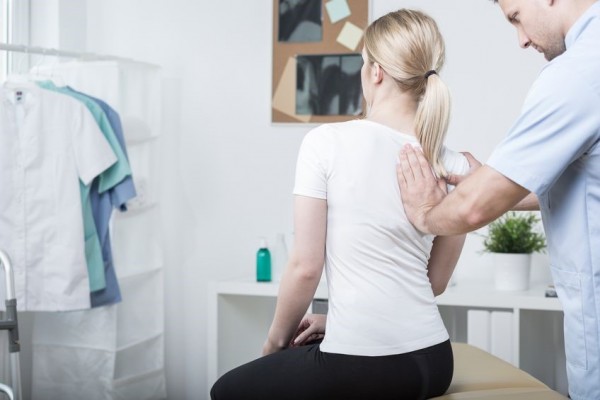 This is the philosophy behind osteopathic medicine.
This is the philosophy behind osteopathic medicine.
The Path Toward the Development of Osteopathy
Still studied medicine to became a physician like his father. He became a licensed MD in the state of Missouri. Then, in the early 1860’s he completed more coursework to become a surgeon, and served as a surgeon during the Civil War. In 1864, after the Civil War and the death of three of his children from spinal meningitis, Dr. Still decided that orthodox medical practices were ineffective and even harmful at times.
The Formation of Osteopathic Medicine
For the next 10 years, Dr. Still focused on studying the human body and finding more effective ways to treat disease. He learned how important the musculoskeletal system was in the development of disease. He discovered the body had everything it needed to function and heal itself, it was just a matter of correcting the problems in the body’s structure with manual techniques. Dr. Still also believed in preventative medicine and that physicians should all focus on treating the whole patient, rather than just the disease (this is also a principle of naturopathic medicine). His new ideas were not accepted in the medical community, so in 1874 he established a new philosophy of medicine named “Osteopathy.” In 1892, Dr. Still opened the first school of osteopathic medicine in Kirksville, MO.
Osteopathic Medicine is Practiced Worldwide
Today, osteopathic medicine is practiced in all 50 United States in addition to the District of Columbia. There are more than 74,000 osteopathic physicians practicing in the United States in specialties including geriatrics, anesthesiology, surgery, sports medicine, and emergency medicine. Osteopathic medicine is practiced in other countries, some of these countries are Argentina, Australia, Austria, Bolivia, Brazil, Canada, Chile, China, Costa Rica, Dominican Republic, Ecuador, Finland France, Germany, Greece, Hong Kong, Lebanon, New Zealand, Nigeria, Sweden, Switzerland, United Kingdom.
Today, one in four medical students in the U.S. attend an osteopathic medical school. First, a Bachelor’s degree is required, but there are no specific requirements on undergraduate major. Then, to apply for medical school they must pass the Medical College Admission Test (MCAT). Once accepted into an Osteopathic medical program they will complete four years of course work, internships, residencies, and fellowships. This training can last anywhere from three to eight years. Osteopathic medical schools will not only look at test scores, but also look for empathetic individuals who truly want to heal people. Admission committees will also look for students who have strong communication skills and a background in community service.
Lastly, in the U.S. all osteopathic physicians are required to pass a national licensure exam called the Comprehensive Osteopathic Medical Licensing Examination. To renew these licenses continuing education is required. In order to specialize doctors must continue their education and earn a board certification.
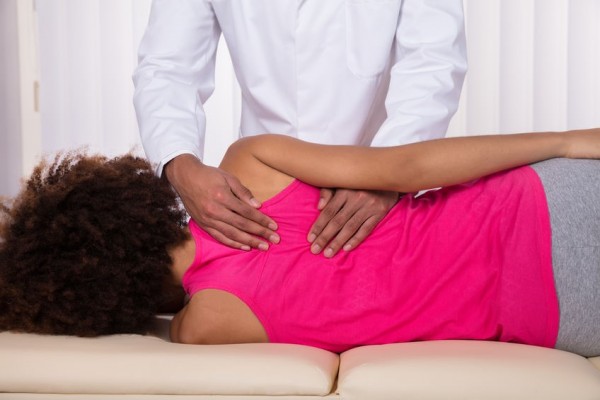 In America, osteopathic medicine is often covered under many extended health insurance care plans. There are over 100,000 osteopaths in the U.S. It is often used as a complementary treatment for many health conditions. To find a good osteopathic physician check to see if they are accredited by the American Osteopathic Association (AOA) and licensed to practice.
In America, osteopathic medicine is often covered under many extended health insurance care plans. There are over 100,000 osteopaths in the U.S. It is often used as a complementary treatment for many health conditions. To find a good osteopathic physician check to see if they are accredited by the American Osteopathic Association (AOA) and licensed to practice.
To find an Osteopath Physician in America you can search the directory on the American Osteopathic Association website. You can also try searching for an Osteopath physician on the American Academy of Osteopathy.
If you are located in the United Kingdom you can search on the General Osteopathic Council website.
They will then examine your body for areas causing discomfort, or possibly your whole body. Sometimes the root of the problem is not where the area of pain is. The osteopath will look for tightness in muscles, stiffness in joints, and explain their process as they are doing it.
Once a diagnosis is made the physician will discuss a treatment plan, which may include exercises to do at home. In some situations, blood tests or scans may be required to come up with a diagnosis. Treatments may be once a week, or once every two weeks depending on the diagnosis. The first initial appointment will typically last 45 – 60 minutes, and appointment after will be shorter. The number of treatments needed will depend on the diagnosis.
Nordqvist, Christian. (2017, June 22). Medical News Today/Everything you need to know about osteopathy. Retrieved from: https://www.medicalnewstoday.com/articles/70381.php
Gilliar, Wolfgang. (2001, February 9). Spine-Health/Osteopathic Philosophy and History. Retrieved from: https://www.spine-health.com/treatment/spine-specialists/osteopathic-philosophy-and-history
Nature’s Intentions Naturopathic Clinic/What Happens During an Osteopathic Treatment. Retrieved from: http://www.naturesintentionsnaturopathy.com/osteopathy/your-first-osteopathic-session.html
American Association of Colleges of Osteopathic Medicine/A Brief History of Osteopathic Medicine. Retrieved from: https://www.aacom.org/become-a-doctor/about-om/history
Study.com/Osteopathic Doctor: Education and Career Roadmap. Retrieved from: https://study.com/articles/Osteopathy_Doctor_Education_and_Career_Roadmap.html
The Institute of Osteopathy/What to Expect at Your First Appointment. Retrieved from: http://www.iosteopathy.org/osteopathy/what-to-expect-from-a-consultation/
Body Focus/Osteopathy Treatment Methods. Retrieved from: http://www.launcestonosteopathy.com.au/osteopathy-techniques/
Domenick J. Masiello, D.O. Holistic Medicine/Osteopathic Manipulation Treatments. Retrieved from: http://drmasiello.com/osteopathy/osteopathic-manipulation-techniques/
Dr. Axe Food is Medicine/Osteopathic Manipulative Therapy Benefits & Uses for Pain, Insomnia & More. Retrieved from: https://draxe.com/osteopathic-manipulative-therapy-benefits/
American Osteopathic Organization: Doctors of Osteopathic Medicine/Becoming a DO. Retrieved from: https://doctorsthatdo.org/difference/become-a-do

